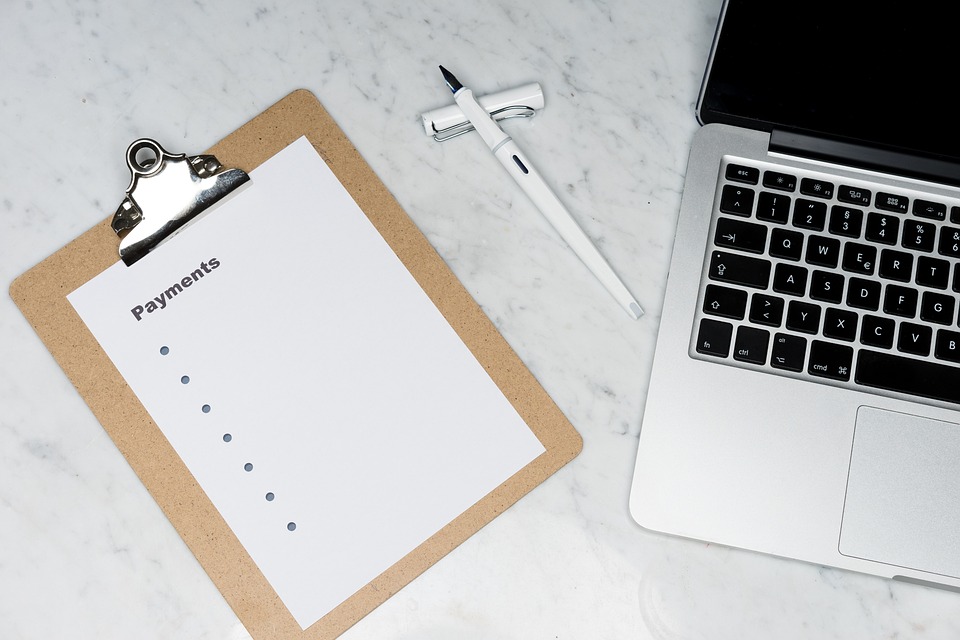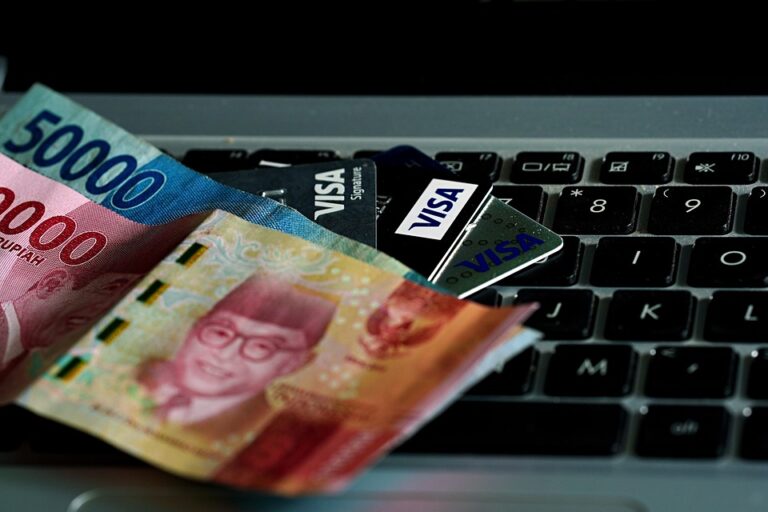Last updated Feb. 1, 2025 by Charles Zemub
15 Ways To Save Money On A Tight Budget
Navigating through the constraints of a tight budget can be challenging. With rising costs and unexpected expenses cropping up regularly, it’s vital to manage your finances wisely and find creative ways to cut costs. Whether you are trying to build your savings, pay off debts, or simply make ends meet, adopting some frugal habits can significantly ease financial stress. Here are 15 effective strategies to help you save money even when funds are limited.
1. Track Your Expenses
Before you can save, you must know where your money is going. Track your daily expenses, categorizing them into essential and non-essential purchases. Use budgeting apps or a simple spreadsheet to organize your spending, ensuring clarity about where cuts can be made.
2. Create a Realistic Budget
Establish a clear budget that reflects your income, necessary expenses, and savings goals. Allocate funds for essentials like rent, utilities, groceries, and transportation, and set aside a portion for savings, no matter how small. Stick to this budget diligently and review it periodically to make necessary adjustments.
3. Plan Meals and Cook at Home
Eating out can quickly drain your finances. Plan your meals for the week, focusing on nutritious, affordable recipes. Cooking at home not only saves money but also allows for healthier eating. Use a shopping list to avoid impulse purchases when buying groceries.
4. Cut Unnecessary Subscriptions
Evaluate your subscriptions and memberships—streaming services, magazines, gym, etc. Identify those you seldom use and cancel them. Free trials and bundled packages can often replace individual subscriptions, offering the same value at a reduced cost.
5. Use Public Transportation
If possible, switch to public transportation or carpooling to save on fuel and maintenance expenses. Many cities offer discounted passes for regular riders, further reducing travel costs. Walking or cycling short distances is another healthy, cost-free alternative.
6. Shop Second-Hand
Thrift stores, consignment shops, and online marketplaces can offer significant savings on clothing, furniture, and electronics. Shopping second-hand is not only economical but also environmentally friendly, encouraging recycling and reuse.
7. Save on Utilities
Adopt energy-saving habits to lower your utility bills. Turn off lights when not in use, unplug appliances, and reduce water consumption. Investing in energy-efficient light bulbs and programmable thermostats can contribute to long-term savings.
8. Utilize Cashback and Rewards Programs
Take advantage of cashback and rewards programs when you shop. Many credit cards offer points or cashback on purchases, which can be redeemed for discounts or cash. Ensure you pay your credit card balance in full each month to avoid interest charges.
9. DIY Whenever Possible
Whether it’s home repairs, cleaning, or personal grooming, doing it yourself can save considerable money. Numerous online tutorials can guide you through various DIY projects, making it easier to manage tasks without professional help.
10. Pay with Cash
Using cash instead of cards can minimize overspending. Set aside a fixed amount for discretionary spending, and once it’s gone, avoid dipping into other budget areas. This tangible method can help strengthen spending discipline.
11. Avoid Impulse Purchases
Impulse buying can effortlessly derail even the most stringent budget. Delay gratification by implementing a waiting period for non-essential purchases. If you still want the item after a few days, it may be worth buying.
12. Refinance Debts
High-interest debts can be a significant burden. Explore refinancing options to lower interest rates or consolidate your debts. This approach can reduce monthly payments and the total amount paid over time.
13. Take Advantage of Community Resources
Communities often offer free resources and activities, such as public libraries, parks, and local events. Utilizing these can provide entertainment and education without added costs, enriching your life without stretching your budget.
14. Learn to Say No
While it’s natural to want to partake in social activities, sometimes it’s essential to say no to expensive outings. Suggest alternative, budget-friendly activities to friends and family, and prioritize financial health over social pressures.
15. Set Realistic Savings Goals
Set achievable savings goals, both short-term and long-term. Whether it’s an emergency fund, a vacation, or retirement, having clear objectives can motivate you to stick to your budget and make sacrifices when necessary.
✓ Short Answer
Saving money on a tight budget involves strategic planning and discipline. Start by tracking your expenses, creating a realistic budget, and sticking to it. Cut unnecessary subscriptions and pay with cash to avoid overspending. Plan meals to cook at home, shop second-hand, and utilize cashback programs for additional savings. Reduce utility costs and DIY whenever possible. Set achievable savings goals to stay motivated, and use community resources for free entertainment. Most importantly, cultivate the habit of saying no to impulse purchases and expensive social outings, prioritizing your financial well-being.
FAQs
1. How can I save money without cutting all the fun out of life?
Saving doesn’t mean eliminating fun. Look for free or low-cost recreational activities within your community, such as hiking, reading books from the library, or attending local events. Prioritize spending on experiences that matter most to you.
2. Are budgeting apps effective for managing finances?
Yes, budgeting apps can help track spending, set financial goals, and alert you to excess spending. They provide an organized way to manage your finances and can help identify areas for cost cutting.
3. What’s a good starting point for a savings goal?
An emergency fund of three to six months’ worth of living expenses is a good starting point. Begin with smaller, realistic savings milestones to keep motivated and gradually build up to larger goals.
4. Is it really better to pay with cash?
Paying with cash can help prevent overspending, as it provides a tangible limit to your expenditures. It encourages mindful spending and can be more effective than credit cards for managing discretionary spending.





